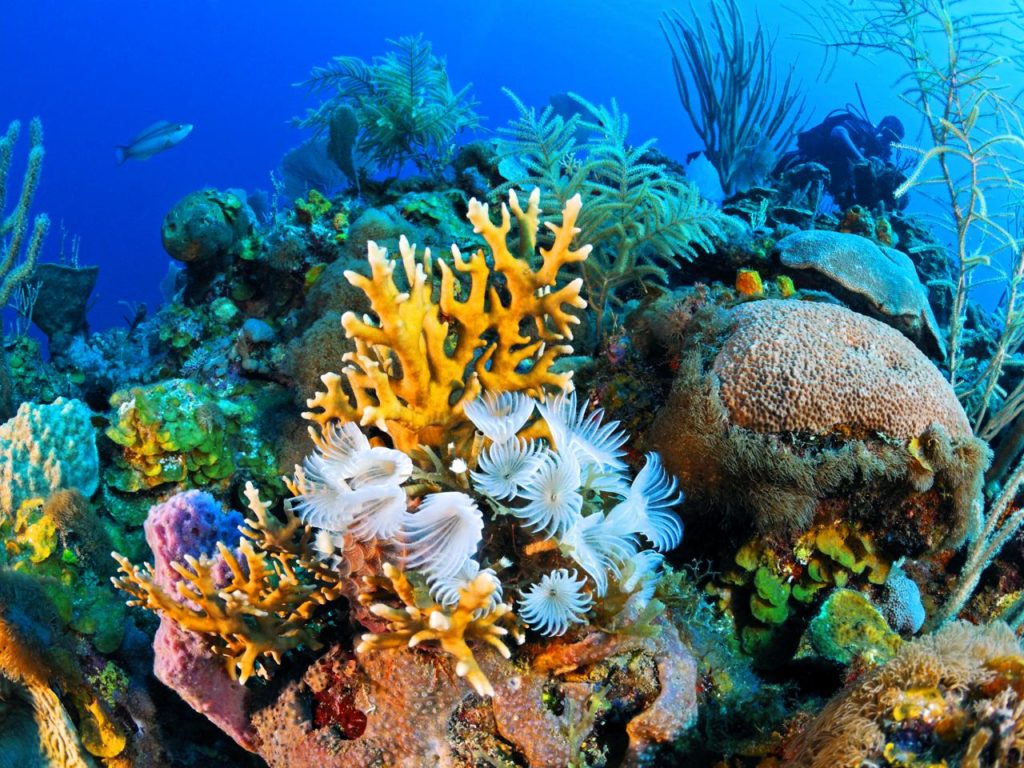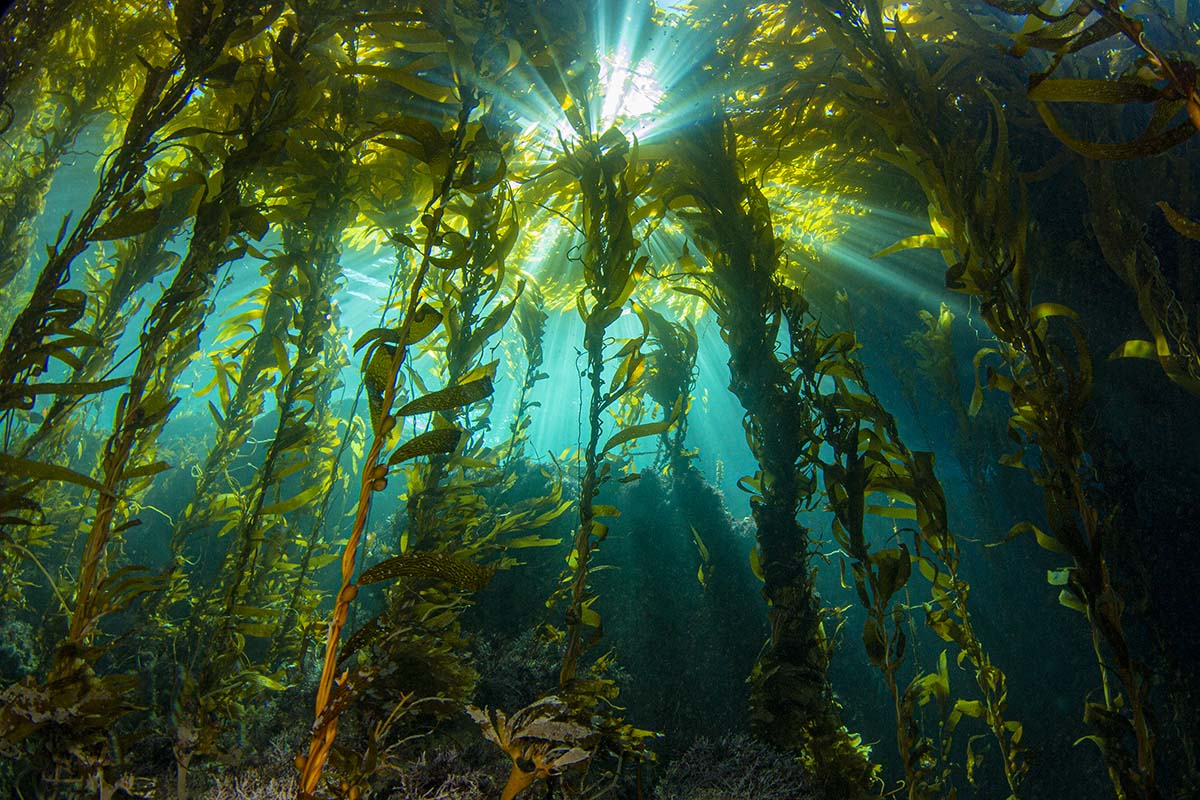

Marine habitats are diverse and include a wide range of environments, from the shallow coastal areas to the deep ocean floor. These habitats are crucial for the survival of numerous marine species and provide essential ecosystem services that benefit humans and the planet.

Coral reefs are among the most diverse and productive ecosystems on Earth. They provide habitat for thousands of marine species, protect coastlines from erosion and storm surges, and support local economies through tourism and fisheries.

Mangrove forests are coastal wetlands found in tropical and subtropical regions. They serve as nurseries for many marine species, protect shorelines from erosion, and support diverse biological communities.

Seagrass meadows are underwater habitats formed by seagrass plants. They provide food and shelter for a variety of marine life, contribute to water quality, and play a significant role in carbon sequestration.

Kelp forests are underwater areas with a high density of kelp, a type of large brown seaweed. These forests support a diverse range of marine species and provide critical habitats and food sources.

The deep sea is a vast and largely unexplored part of the ocean, characterized by extreme conditions. It hosts unique species adapted to high pressure, low temperatures, and darkness, and plays a critical role in global nutrient cycling.